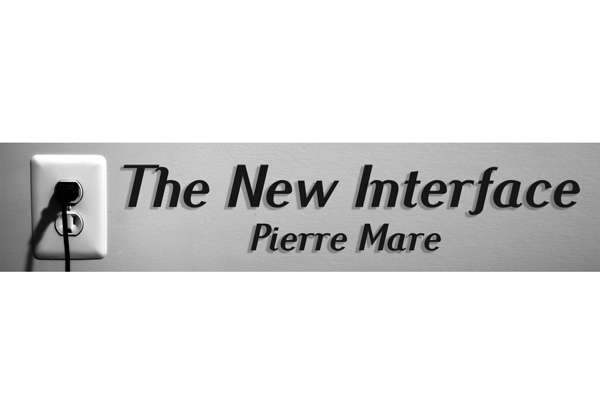
Proof of the pudding: personal brands and stories

Once upon a time, I was confronted with the prospect of a VIP client, not of the order of a common business person. I did what seemed right at the time, and put on a suit and tie. Turns out that was the wrong move, as he asked how I could be creative in a suit. I did it again, a couple of years later, and got a similar response. I have worn casual clothing ever since, but I still question the situation.
If you explore the idea of a personal brand on the web, all but a few of the sites, show a very superficial concept of the idea. They talk mainly about what is visually observable, typically immediate impressions. This ranges from dress, to body language, to business cards.
The problem with this approach is that it does not express the longer term reality or build towards longer term relationship. It biases people towards attractive people with extrovert personalities, and that bias skews the circumstance away from factors such as intellect and track record. In other words, first impressions count, but in low numbers.
The relationship should be based on attributes that will shape the enterprise or the function, yet if the interview is biased by appearance, is it possible to make an accurate determination if presented with two candidates, one attractive and well-presented, and one less attractive and well presented. Is it possible to make an objective decision on the skills differential?
The key to shifting this paradigm into more neutral territory, even onto favourable ground is to build a personal brand that speaks to skills and values, rather than tailoring and the correct colour coordination of clothing.
The most important basis for the personal brand is ability of the person.
Knowledge should be on the very top of the list of important things concerning the personal brand. There are two ways to express this that strike me as particularly important: insights, and illustrative personal stories, which are in essence case studies from your own experience. For instance, consider how I illustrated the perception about dress and creativity above. In this case, the stories that you foster around yourself, be they positive or learning opportunities, show that you are involved in using yourself to best effect in the enterprise.
Values must be visible. If you do not share similar or matching values to the organisation, then either you will not enjoy the work experience or you will struggle to adapt.
Values are difficult because they are becoming standardised. In this regard, consider the many, many posts on LinkedIn about rising above adversity, or the exercise of ambition. Perhaps personal examination might lead to better insights that distinguish yourself from the crowd.
Once again, being able to tell the story proves the point, yet in this case, personal association through charitable work, for instance, will also go towards proving the point.
Much of this may come across as egocentric, however there are means to get around the situation. Firstly, lead with insight and thought, rather than the story. The insight in this case leads to a result, which can be proven with the story. Secondly, freely reference and give credit to teams in stories. Everyone loves a team player. Thirdly, reference the learnings from failures, though be slightly sparing.
If you don’t have the opportunity to build a profile with a public relations agency, LinkedIn provides exceptional opportunities. The important thing is to contribute comments, ideas and insights, rather that reposting memes or sharing articles that others have written.
There is a final caveat to this. Great careers aren’t built on good suits. A career is built on use of knowledge. If the emphasis on the superficial, fitting in rather than standing out, is pronounced, then consider whether the interviewing entity may damage your personal brand and be a drag on your career prospects.











































